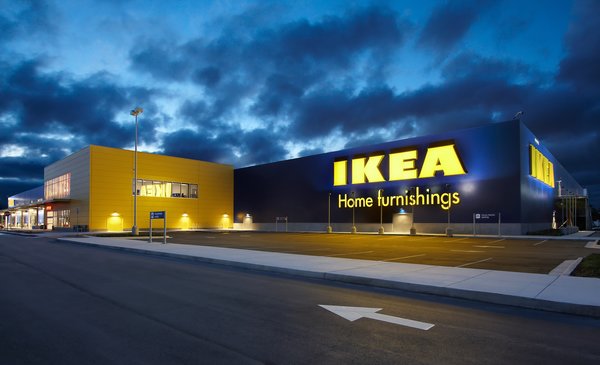
Most organizations neglect the importance of developing a strong brand culture before communicating their value to the outside world. Management from these companies haven’t thought about how they can expect their employees to deliver a consistent brand experience to their customers when they are not offered a culture of brand consistency themselves.
Humans are reflective beings and we are likely to transmit our experiences with a brand to anyone who approaches us from colleagues to customers, from distributors to suppliers.
Putting brand culture first and making it matter are the main challenges when aiming for a successful brand building strategy from within. There are two approaches to be taken towards building a strong brand culture:
1. Brand Toolbox: Ensure Alignment
There are a few must-haves to facilitate the implementation of a brand toolbox and ensure a better brand culture alignment in an organization:
- Explanation of the brand strategy together with its reasoning and background to help employees understand why your brand does what it does the way it does. A common understanding is important so defining key terms will be of help;
- Detailed principles and guidelines of how your brand should resonate with the outside world and how the company expects its employees to engage as touchpoints;
- Real life examples of how the brand is supposed to be delivered and expressed;
- Map of the decision-making process to assist on the efficacy of your employees’ in taking the lead when necessary.
The brand toolbox is obviously not a brand-style or standards guide. The toolbox is about substance and how you bring your brand to life.
2. Brand Culture Initiatives: Increase Brand Understanding
Rolling out brand culture initiatives or programs is an important part of creating the right alignment within an organization. Participation should not be a privilege or limited to just a few of the company’s departments but an overarching process that includes the entire organization. This will help ensure alignment and communicate the company’s commitment towards creating a sense of ownership of its brand among all stakeholders.
Here are a few ideas on how you can design and execute brand culture initiatives as well as some real life examples from companies who excel at it:
- Deliver dynamic presentations followed by facilitated discussions, games, and interactive exercises (i.e. Starbucks has created a walk-through exercise for its senior level management in which everyone can experience the entire process of making a cup of its coffee from the planting of the coffee seeds to the in-store technology and front-staff service training to creating a common understanding of the brand’s promise);
- Create high-energy creative sessions such as a photo scavenger hunt in which groups photograph examples of brand touchpoints as well as themselves demonstrating the brand’s attributes and values. Engage these groups in assembling a collage of the pictures taken, adding captions and headlines to them, and then explaining the brand’s attributes and values to the other groups;
- A more content-driven session was held by Sony who organized customer listening booths where end users’ experiences were recorded and employees were asked to analyze, evaluate, and give ideas on how the brand experience could be improved based on the feedback they have received;
- A simpler but also effective approach is to conduct a quiz about the brand platform, target customers, and company priorities to ensure understanding and effectiveness of the previously adapted brand toolbox.
Extend Your Brand Culture Externally
IKEA has successfully extended its brand standards, values, and principles throughout its entire network of partners. Everyone connected with IKEA understands the brand’s cultural practices of protecting the environment and its emphasis on creating favorable employee working conditions, to name two.
Adapting a brand toolbox as well as launching brand culture initiatives that include different external stakeholders requires a broad understanding of their needs and perspectives of your brand. It is important that managers understand how to spot brand culture gaps in external partners such as third-party staffing service providers, advertising and marketing agencies, suppliers, channel partners, and others.
Extending your brand culture externally is an important consideration as it provides the opportunity for greater outcomes for all.
Contributed to Branding Strategy Insider by Thiago Lucenti, The Concept X
Don’t Let The Future Leave Your Brand Behind. Join Us At The Un-Conference – Marketing’s Only Problem Solving Event.
The Blake Project Can Help: Please email us for more about our brand culture expertise.
Branding Strategy Insider is a service of The Blake Project: A strategic brand consultancy specializing in Brand Research, Brand Strategy, Brand Licensing and Brand Education
FREE Publications And Resources For Marketers











